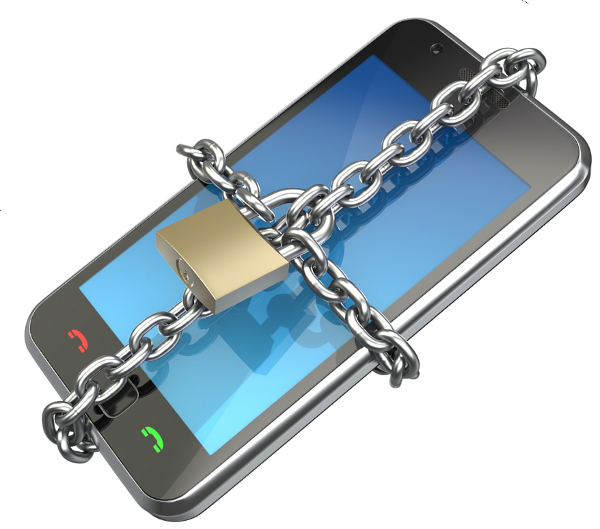Google: Android L turns data encryption on by default

Turning on data encryption can make a huge difference in case your Android device is lost or stolen, as it will make it extremely difficult -- if not impossible -- for a third-party to access your files. It also gives you quite a bit of time to remotely wipe your device, which means that your photos, videos, texts and whatnot have a better chance of remaining private.
And if the local authorities want to take a peek, they are also out of luck -- it's good news for those involved in criminal enterprises, and others as well. All this sounds great from a privacy and security standpoint, except that encryption has never been enabled by default in Android. But that is soon about to change.
In a statement that was just given to The Washington Post, Google spokesperson Niki Christoff reveals that "As part of [Google's] next Android release, encryption will be enabled by default out of the box, so you won't even have to think about turning it on".
Google's next Android release is known as "Android L" at this stage, and will be ready for prime time later this year, if the launch date of past releases is of any indication. Android L has been made available to beta testers, and features a redesigned user interface, a new default runtime, extra security features, 64-bit support and more. You can read about it here.
The encryption key, which is needed to unlock the contents of the internal storage (and, presumably, the microSD card too), will continue to be only in your control, as it has been the case in the past three years, according to Christoff. This is very similar to how Apple's now doing things with iOS 8, which also only gives you the encryption key. To take advantage of this, a passcode must be set up.
That last bit is extremely important because encrypting an Android device without using any sort of passcode is practically impossible right now, and, frankly, pointless. For instance, Android 4.4 KitKat requires users to set up a PIN in order to encrypt the contents of the internal storage and microSD card.
How strong the PIN is will determine how easy it will be for a third-party to render your encryption efforts useless. Using a complex sequence is recommended, even though it may make the unlocking more difficult. That said, I am using an eight-digit PIN right now and I quickly got used to it.
Photo Credits: Slavoljub Pantelic/Shutterstock